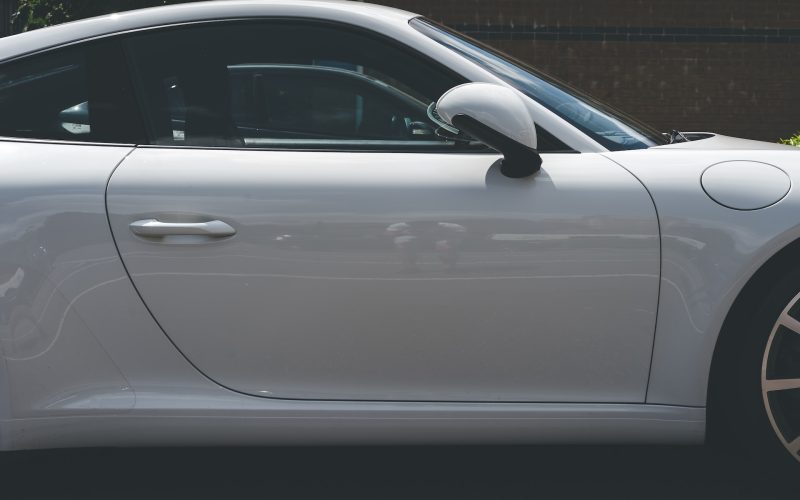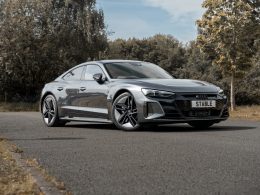Introduction
Modern cars have witnessed significant advancements in design and technology, transforming the driving experience in numerous ways. One area that often sparks discussion among automotive enthusiasts is the design of car doors. In this article, we delve into the challenges posed by modern cars’ door designs and explore potential solutions to address them. By opening up the discussion, we aim to shed light on this important aspect of car design and encourage further innovation in the automotive industry.
The Evolution of Car Door Designs
1. Traditional Hinged Doors
Hinged doors, commonly found in classic car designs, have been the standard for many years. They feature hinges attached to the front or rear edge of the door, allowing it to swing open horizontally. This design is simple and reliable, offering ease of access for occupants.
2. Gullwing Doors
Gullwing doors, made famous by the iconic Mercedes-Benz 300SL, open vertically with hinges at the roofline. They provide a striking aesthetic and create a sense of drama when opening. However, their implementation is limited due to the need for additional roof reinforcement and the potential for restricted access in tight spaces.
3. Butterfly Doors
Butterfly doors, also known as scissor doors, are hinged at the front and open upward while tilting outward. This design, popularized by the Lamborghini Countach, offers a unique and visually appealing entrance. However, the wide door swing arc can be impractical in tight parking spaces.
4. Sliding Doors
Sliding doors are commonly found in minivans and some SUVs. They slide horizontally along tracks, providing wide entry points and efficient space utilization. While convenient in terms of access, they may be perceived as less sporty or stylish compared to other door designs.
Challenges Posed by Modern Car Door Designs
1. Limited Accessibility in Tight Spaces
Many modern car door designs, such as gullwing and butterfly doors, require a significant amount of space for full operation. This can pose challenges in crowded parking lots or narrow urban streets, where the doors may not have sufficient clearance to open fully. Occupants may face difficulties in entering or exiting the vehicle in such situations.
2. Structural Complexity and Weight
Innovative door designs often involve complex mechanisms and additional reinforcement, which can increase the weight of the vehicle. The added weight affects fuel efficiency, handling, and overall performance. Striking a balance between structural integrity, functionality, and weight optimization becomes crucial for automakers.
3. Cost and Manufacturing Complexity
Unconventional door designs can introduce manufacturing complexities and increase production costs. The intricate mechanisms, specialized materials, and precision engineering required for unique door designs may present challenges in mass production, leading to higher prices for consumers.
4. Safety and Crashworthiness Considerations
Car door designs must prioritize safety and crashworthiness. Structural integrity, side-impact protection, and occupant egress in emergency situations are crucial factors to consider. Unconventional door designs need to meet rigorous safety standards to ensure the well-being of occupants.
Potential Solutions and Innovations
1. Sensor-Assisted Opening Mechanisms
Integrating sensor technologies can enhance door functionality and address accessibility concerns. Proximity sensors, for example, can detect obstacles and adjust the door opening angle accordingly, allowing for safe operation in tight spaces. Advanced sensor-assisted opening mechanisms can provide a seamless and user-friendly experience for drivers and passengers.
2. Lightweight Materials and Structural Optimization
Automakers can explore the use of lightweight materials such as carbon fiber composites and aluminum alloys to reduce door weight without compromising structural integrity. Computer-aided engineering and optimization techniques can help strike the right balance between weight reduction, safety requirements, and manufacturing feasibility.
3. Modular Door Designs
Developing modular door systems that offer multiple configurations could be a solution to address the challenges posed by unconventional door designs. This approach would allow automakers to cater to different customer preferences and provide options for various usage scenarios, ensuring practicality and versatility.
4. Integration of Smart Technologies
The integration of smart technologies, such as gesture control or biometric authentication, can enhance the functionality and convenience of modern car doors. Touchless sensors, voice commands, and personalized settings can make the door operation more intuitive and efficient, enhancing the overall user experience.
Conclusion
The design of car doors is an essential aspect of automotive innovation, and it plays a significant role in shaping the overall user experience. Modern car door designs present both opportunities and challenges for automakers. By acknowledging the limitations and exploring potential solutions, we can pave the way for more accessible, efficient, and user-friendly door designs in the future. It is through open discussions and continuous advancements that we can overcome these challenges and ensure the evolution of modern cars aligns with the needs and expectations of drivers and passengers.












